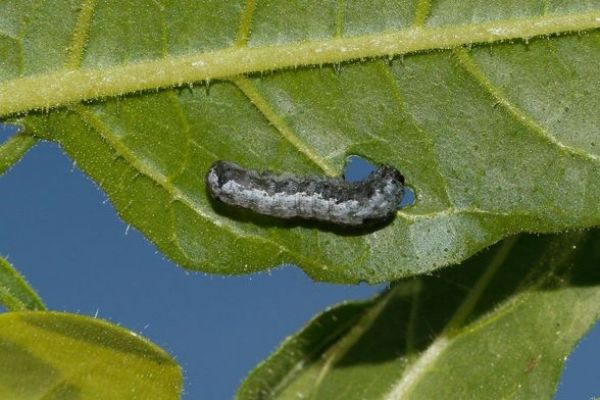Do plants attacked by herbivores produce substances that are most effective against attackers in a targeted manner, or are herbivore-induced changes in a plant metabolism random, which could thwart the performance of herbivores? Scientists at the Max Planck Institute for Chemical Ecology in Jena, Germany, and at the CNRS Institute of Plant Molecular Biology/University of Strasbourg, France, tested these long-standing hypotheses for the first time using the coyote tobacco Nicotiana attenuata and its close relatives. They combined extensive measurements of known and unknown plant metabolites using mass spectrometry with statistical measures derived from information theory. The results show that plants regulate their metabolism directionally to produce effective defenses. Furthermore, a comparative approach using different populations and closely related species demonstrated that the amount of certain plant hormones are crucial for the directionality of the plant’s response to its enemy. (Science Advances, doi: 10.1126/sciadv.aaz0381, June 2020).
All living organisms on earth can be divided into two major groups: those who produce their own food from abiotic sources, such as light, and those who feed on other organisms. These different ways of feeding affect an organism’s metabolism. Plants, which gain their energy from light, produce a much greater diversity of metabolites than animals. Scientists have long wondered which evolutionary forces are behind this difference. As early as the in the 1950s, researchers assumed that that the ability of plants to produce certain substances to defend themselves could be one reason. There are two different theories on how the production of such defensive substances is regulated in a plant: One possibility is that plants adapt their metabolism in such a way that they produce compounds with defensive functions according to the probability of a future attack. This theory is called "Optimal Defense". In contrast, a second theory assumes that plants change their metabolism randomly. For herbivores, these random changes would not be predictable and therefore they cannot adapt to a plant’s defense. This assumption is called the theory of a Moving Target, because the defense strategy is not targeted, but hits attackers at random.
Read more at Max Planck Institute For Chemical Ecology
Photo: The African cotton leafworm Spodoptera littoralis feeds on the leaves of the wild tobacco Nicotiana attenuata. This pest insect is a food generalist and feeds on many different plants, Extensive analyses of the metabolites produced by the plant after attack by the two herbivores and the application of statistical assumptions based on information theory demonstrated that the chemical defense of tobacco plants is a directed response to herbivore attack. CREDIT: Danny Kessler, MPI Chem. Ecol.


